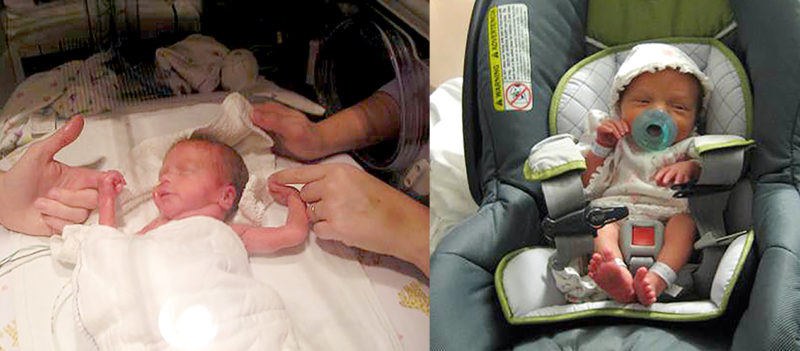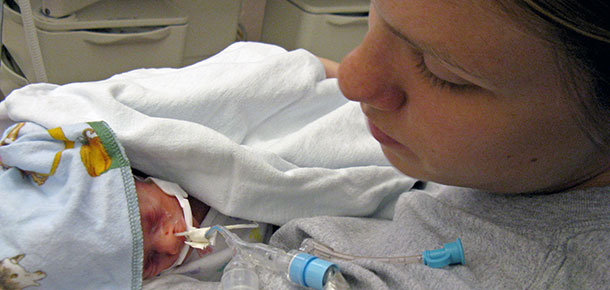In November, I introduced the issue of prematurity as one that we care deeply about at Cincinnati Children’s. Since that time, the March of Dimes has issued their annual report card, and the news for Ohio isn’t good.
In the state-by-state assessment of infant mortality, a statistic that is largely based on preterm births, Ohio received an F.
Despite advances in neonatal and perinatal medicine, certain aspects of pregnancy continue to perplex physicians and researchers. The rate of preterm birth in the United States continues to climb. And substantial investments in high-level medical care, as well as good health conditions aren’t making the impact that we’d like.
While we are hopeful that our prematurity initiative will have impact in our community and ultimately reduce the instance of premature birth in Cincinnati, we also know that social issues aren’t the only influencing factors.
The National Center for Health Statistics indicates that 12.8 percent of all births occur before 37 weeks, a 36% increase from the early 1980’s. The growing number of infants born between 32 and 34 weeks, the so-called late preterm infants, accounts for much of the increase during this time period.
So we begin wondering, why has this population seen such growth?
Ultimately, we believe the answer to that question lies somewhere in the data.
It’s become apparent that solutions require an understanding of the continuum of fetal health from pre-conception to long-term postnatal outcomes. That understanding can only be derived from data linking mothers with their babies.
Ultimately, improvements in pregnancy outcomes will require integration of data from the mother, the fetus/neonate and the community. The more information we have, the closer we get to understanding how factors such as maternal health and obstetrical practice affect neonatal outcomes beyond the delivery room.
We’ve long believed that you can’t improve without measuring, so that’s what we’re doing. We measure everything and retain every piece of data we can get our hands on. With continued focus on this data, we are beginning to see the links that just might offer the information we need to reverse the trend of increasing preterm births in our state and our country.




